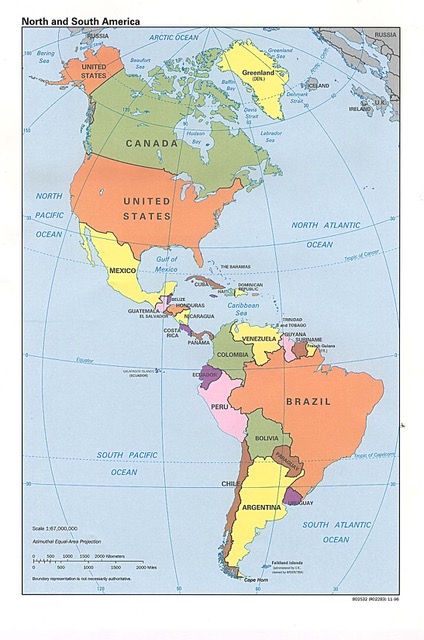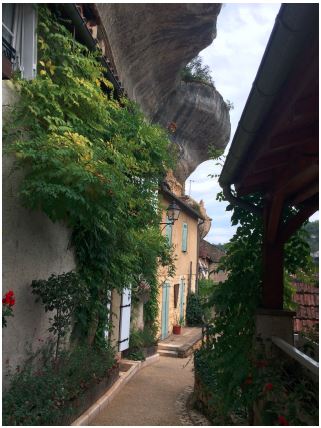 This morning, we leave Les Eyzies and drive through the Vazere, a part of the Dordogne valley that is carefully protected from development for having the longest uninterrupted history of mankind in Europe. We weave along beautiful roadways in forested woods with picturesque villages and small farms along the river. First Stop: a Neanderthal archaeological site that is right beside some of these caves we have visited (where Cromagnons – who are homo sapiens – who are us – made all the exceptional carvings and drawings). Neanderthals were nomads who came here to stay for a couple of months at a time. They did not make paintings, but they shared many of the tools used by Cro-Magnon man. For some reason, they disappeared about 30,000 years ago…. There is a fence that marks the walls of Le Moustier, a Neanderthal site 30,000 years old discovered by the Swiss. Christine explains the two types of 2 legged beings would have had “interchangeable tool kits”. And there are no piles of bones indicating war or clashes between species.
This morning, we leave Les Eyzies and drive through the Vazere, a part of the Dordogne valley that is carefully protected from development for having the longest uninterrupted history of mankind in Europe. We weave along beautiful roadways in forested woods with picturesque villages and small farms along the river. First Stop: a Neanderthal archaeological site that is right beside some of these caves we have visited (where Cromagnons – who are homo sapiens – who are us – made all the exceptional carvings and drawings). Neanderthals were nomads who came here to stay for a couple of months at a time. They did not make paintings, but they shared many of the tools used by Cro-Magnon man. For some reason, they disappeared about 30,000 years ago…. There is a fence that marks the walls of Le Moustier, a Neanderthal site 30,000 years old discovered by the Swiss. Christine explains the two types of 2 legged beings would have had “interchangeable tool kits”. And there are no piles of bones indicating war or clashes between species.
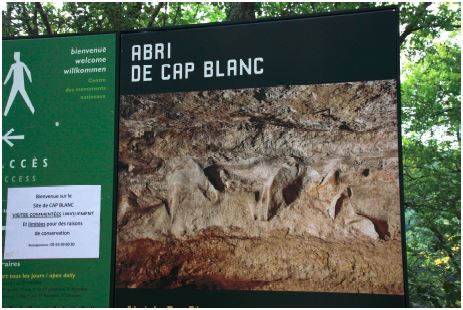 Second Stop: Cap Blanc is an outdoor frieze. The relief of horses carved under a natural outdoor rock shelter. People came here for thousands of years to stop under the open air sanctuary, under the overhanging ledge. At first they were nomads; later there are signs of burials here. It is not known if the carvings in the rock walls have anything to do with the burials! During the last ice age, this site was completely buried under sediment and nobody knew it was here.
Second Stop: Cap Blanc is an outdoor frieze. The relief of horses carved under a natural outdoor rock shelter. People came here for thousands of years to stop under the open air sanctuary, under the overhanging ledge. At first they were nomads; later there are signs of burials here. It is not known if the carvings in the rock walls have anything to do with the burials! During the last ice age, this site was completely buried under sediment and nobody knew it was here.
In 1909, the well respected cave explorer, Lauselle, explored for caves (that could become a lucrative tourist destination). a Team of road workers brought pick axes to cut into the hillside. They practically destroyed the sculptures. The marks of their tools are only centimeters from them.
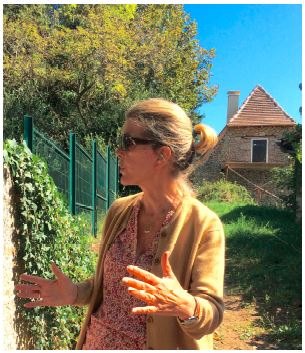 Christine Desdemaine Hugon keeps us enthralled with beautiful descriptions of what we are seeing interlaced with logical scientific views. This is her strength as a guide. She thinks this work has to be by one artist because the 13 meter frieze fits perfectly into the
Christine Desdemaine Hugon keeps us enthralled with beautiful descriptions of what we are seeing interlaced with logical scientific views. This is her strength as a guide. She thinks this work has to be by one artist because the 13 meter frieze fits perfectly into the
rock. There is a gentleness to the scene, she says. Could the horses have been painted at one time? Traces of red ochre were found.
There are unique stone rings that were carved out as if to leave space to thread a rope into the wall. Many flint chips as well as polished stones have been found here. The soft limesone would have been relatively easy to carve. A lamelle is a flint with a sharp blade. Tools found here include chisels, spear points, needles, drills, rounded scrapers.
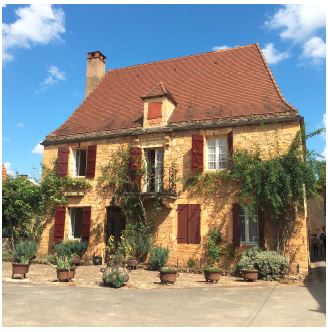 And here a famous ancient Venus, a portable object, a carving on a reindeer horn about 4 inches long, was discovered. She has no facial features. She is considered to be symbolic. She has a large round belly and breasts and wide hips – a mature, experienced woman. Perhaps it is an ode to women who have done their job? Christine explains. She dates to 24,000 years.
And here a famous ancient Venus, a portable object, a carving on a reindeer horn about 4 inches long, was discovered. She has no facial features. She is considered to be symbolic. She has a large round belly and breasts and wide hips – a mature, experienced woman. Perhaps it is an ode to women who have done their job? Christine explains. She dates to 24,000 years.
After a stop at the visitor center with many samples of artifacts, we move along…back up the hillside trail to the van. This stop is en route to St Leon Sur Vezere,.
Ramelle Pulitzer, November, 2015

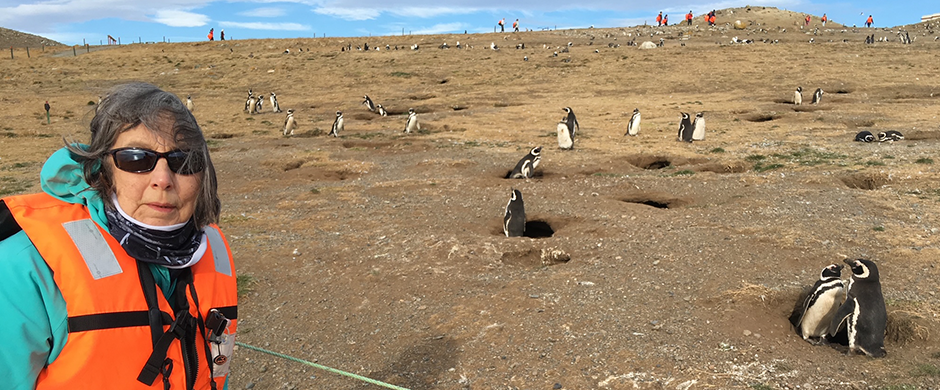

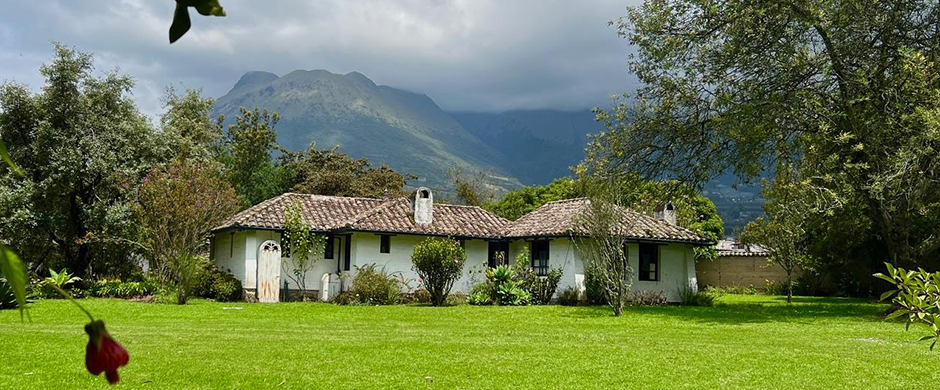

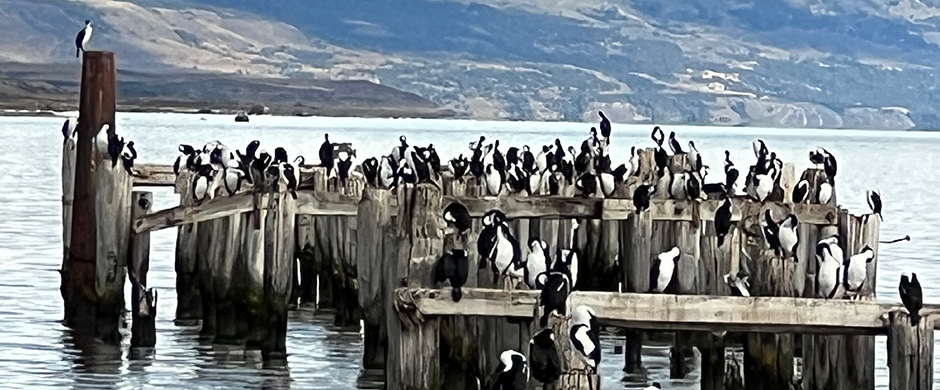
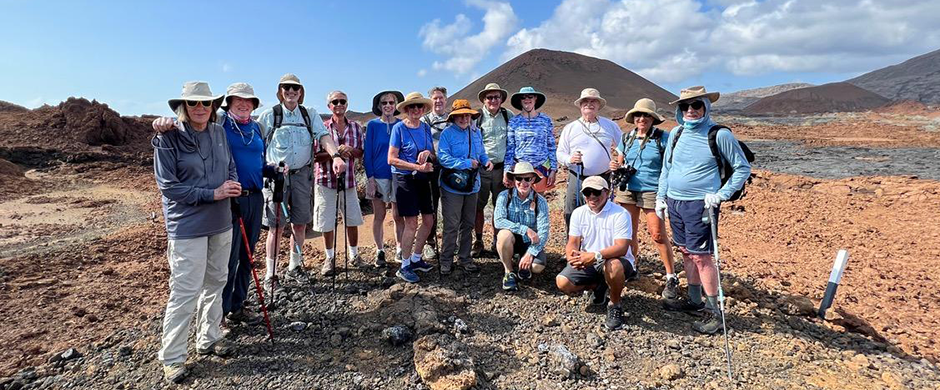

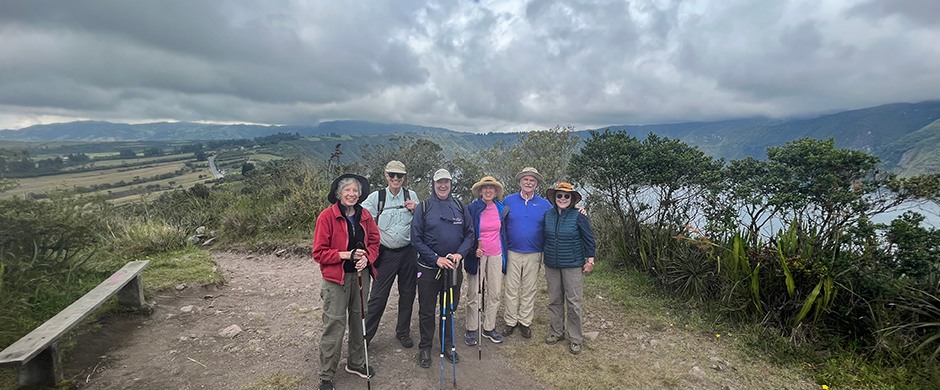
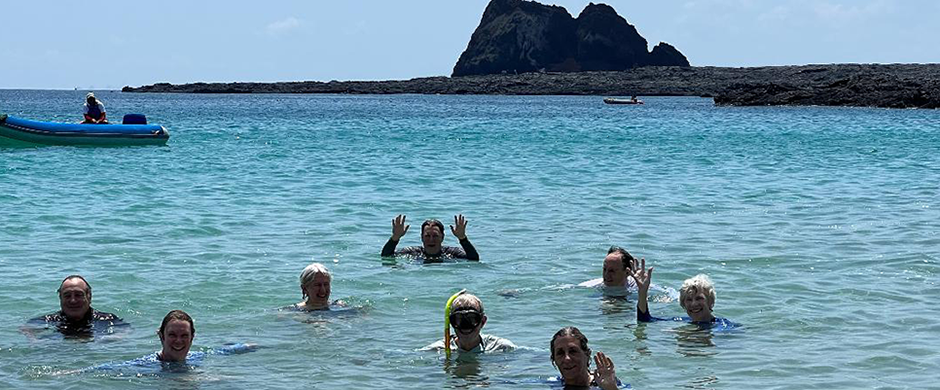

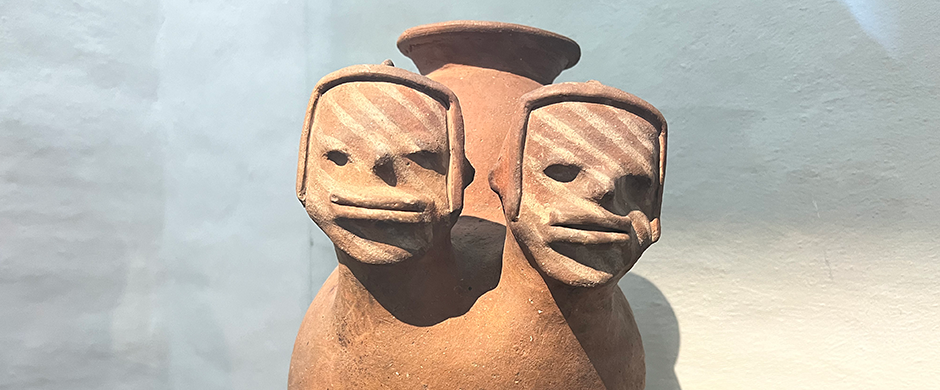

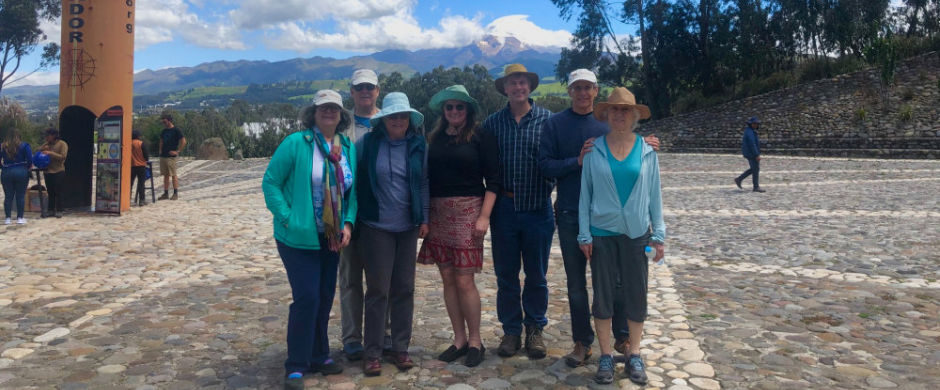
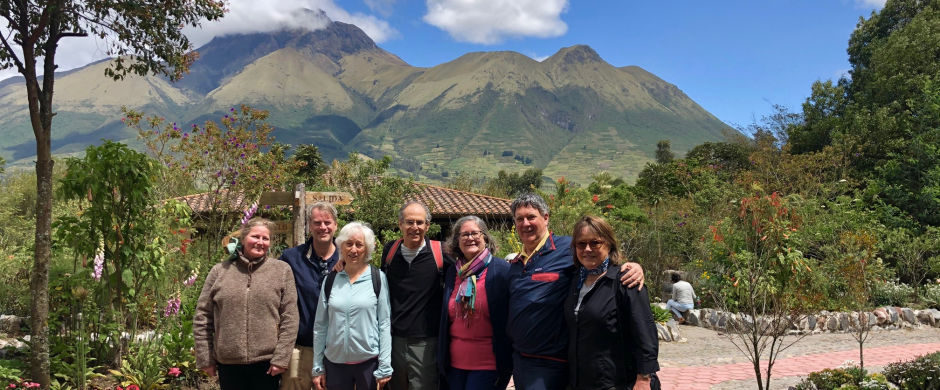
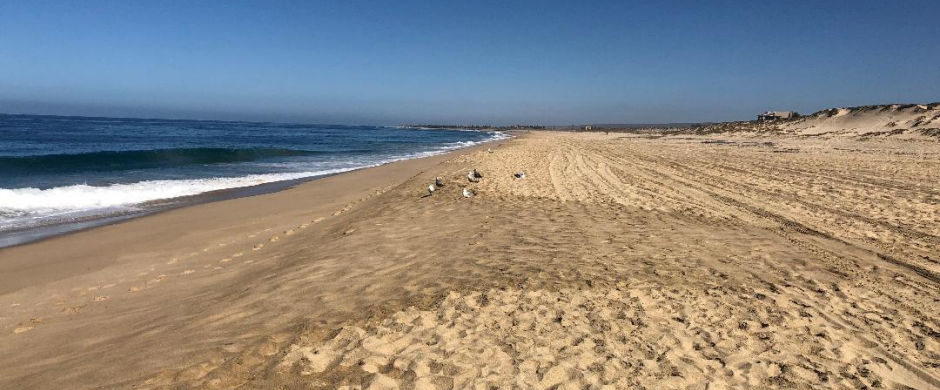
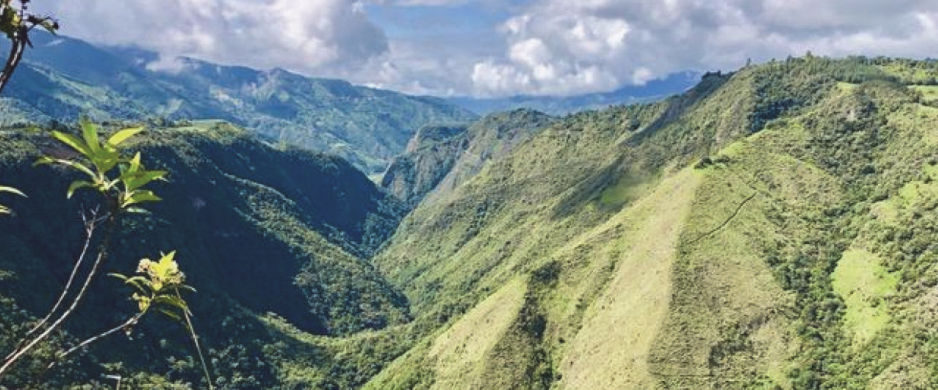
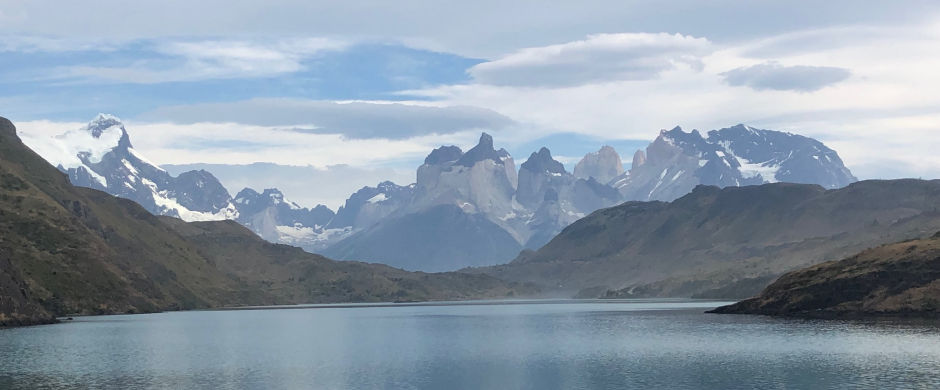
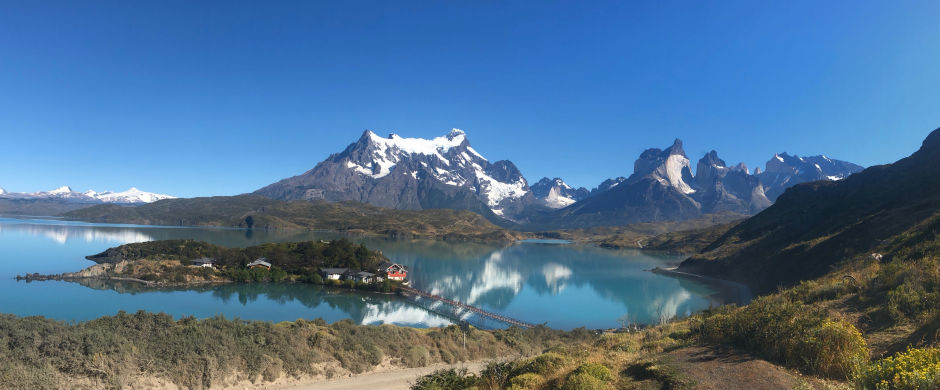
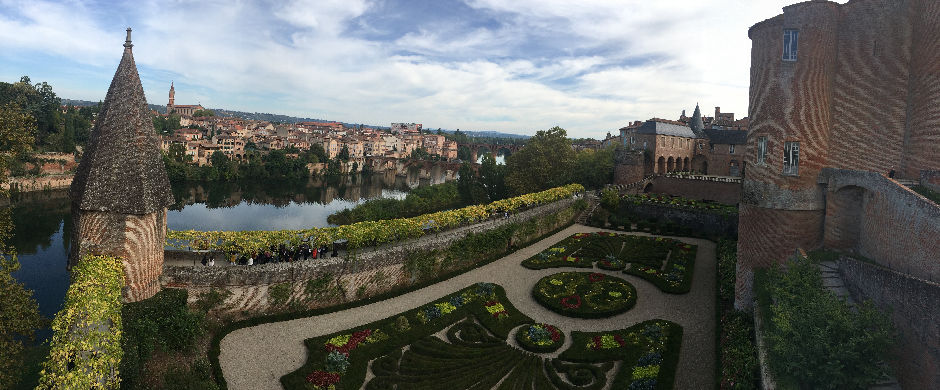
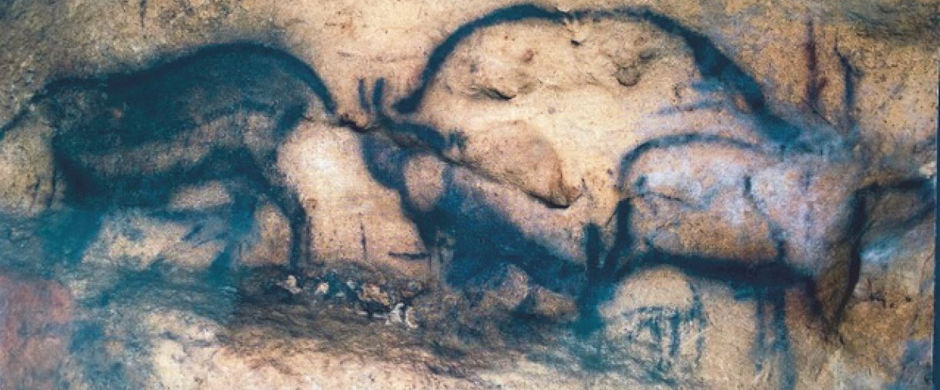



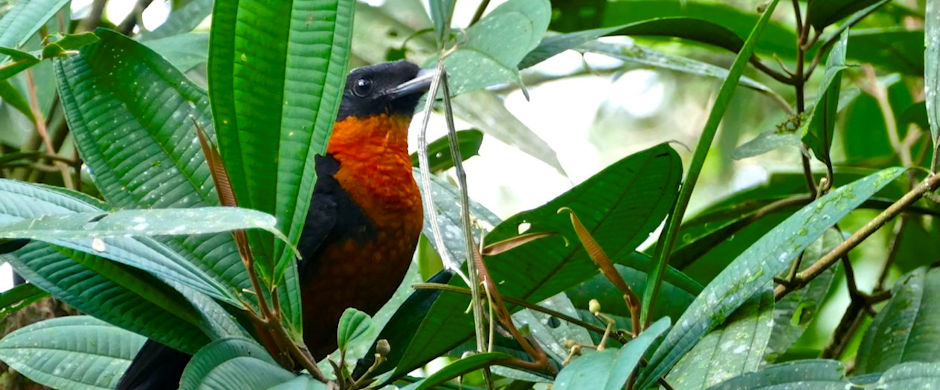

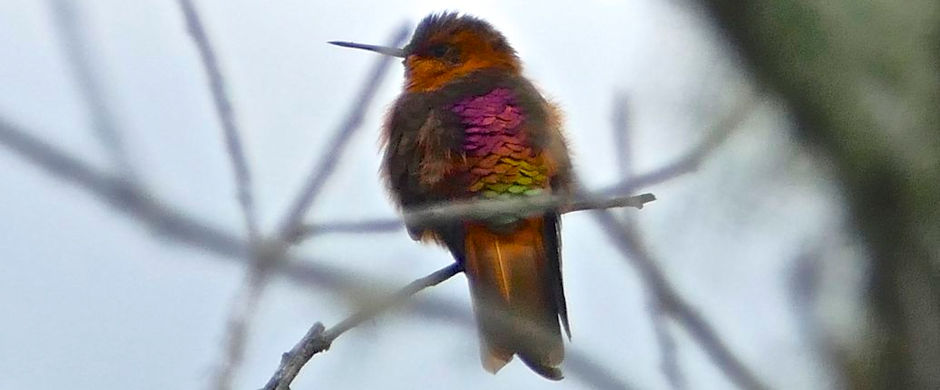




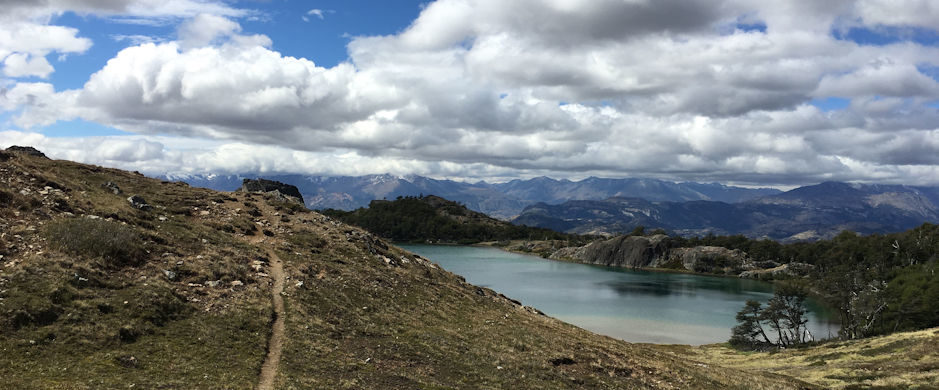
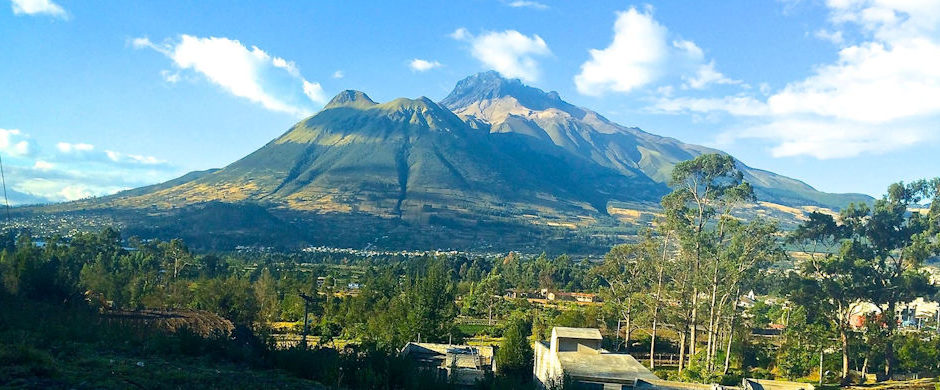

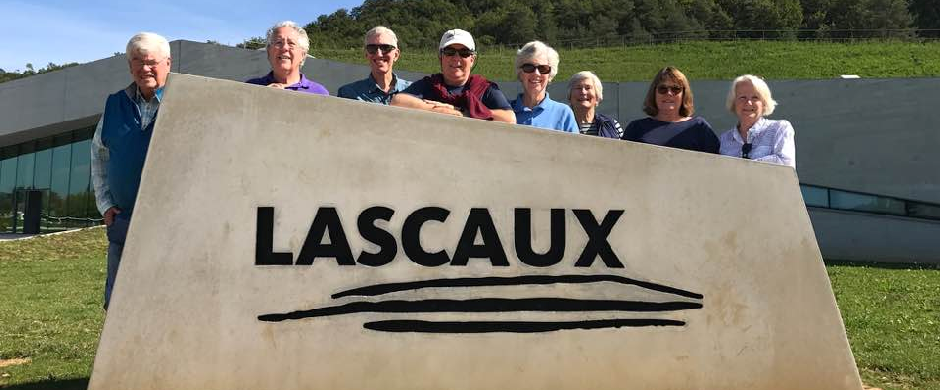
 Follow us
Follow us 